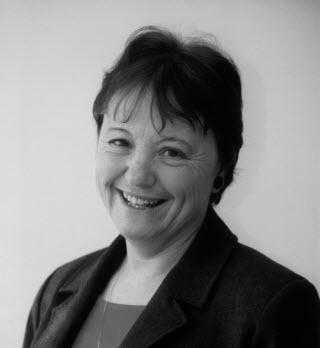- Home
- News
- Screening Matters, Issue 39, April 2013
- Significant impact from HPV immunisation, suggests study
News
- Screening Matters Newsletter
- April 2019
- April 2018
- December 2017
- August 2017
- April 2017
- December 2016
- October 2016
- March 2016
- November 2015
- August 2015
- June 2015
- April 2015
- February 2015
- December 2014
- October 2014
- August 2014
- June 2014
- April 2014
- February 2014
- December 2013
- October 2013
- August 2013
- June 2013
- April 2013
- February 2013
Screening Matters
The National Screening Unit newsletter
In this issue:
- Creative approach working for breast screening in the Far North
- Significant impact from HPV immunisation, suggests study
- Newborn Metabolic Screening Programme Monitoring Update
- Community relationships key to high Māori breast screening participation rate
- New Programme Manager for NCSP
- Newborn Hearing Screening Conference
- Upgrade of colposcopy software on track
- Permanent appointment for Marli Gregory
Significant impact from HPV immunisation, suggests study

A report of the study has been published by the journal BMC Infectious Diseases, click here to read it.
Study co-author Dr Hazel Lewis, who is Clinical Leader for the National Cervical Screening Programme (NCSP), says the study provides a baseline for future surveys to assess the impact of HPV immunisation on the development of cervical cancer.
“It is the first New Zealand study to estimate the prevalence of cancer-causing high-risk HPV infection in women aged 20 to 69, prior to immunisation. All the women in the study were enrolled in the NCSP and had been referred with high-grade disease.”
She says cytology specimens from women who had agreed to take part in the study between August 2009 and February 2011 were tested for 37 high-risk HPV types. From these, 594 women with high-grade test results were recruited into the study.
“The most common types of high-risk HPV reported in women with CIN 2 or 3 were 16 (51 percent), 52 (19 percent), 31 (17 percent), 33 (13 percent) and 18 (12 percent). Higher rates of high-risk HPV 16 and 18 infection, compared with other types, were found in younger women.”
Dr Lewis says the prevalence of HPV 16/18 in New Zealand is comparable with Australia and Europe, but rates for HPV type 52 appear higher here than in comparable studies in other high-income countries.
“While the study suggests immunisation against HPV might prevent up to 62 percent of high-grade lesions, we need to treat this estimate as provisional. Other factors might include the coverage of the vaccine programme, prior exposure of vaccine types, and potential cross-protection against non-vaccine types.”
Further surveillance of cancer-causing high-risk HPV types in New Zealand will allow more assessment of the impact of the national HPV immunisation programme.
Dr Lewis says it is important to remember that, whether or not women choose to be immunised against HPV, they will still need to participate in regular cervical screening. This is because the HPV vaccine does not protect against all HPV types that may cause cervical cancer.
“Together, screening and immunisation offer the most effective protection against cervical cancer.”
Other study authors were Leonardo Simonella from the National University of Singapore, Harold Neal from the NCSP; Megan Smith and Karen Canfell from the University of Sydney, and Collette Bromhead from Aotea Pathology in Wellington
To receive the Screening Matters newsletter by email, fill out our sign-up form.

